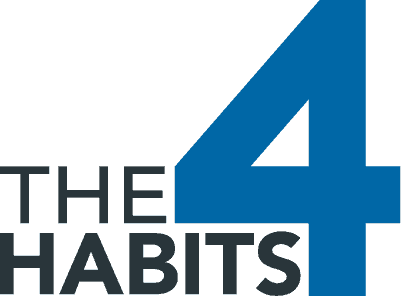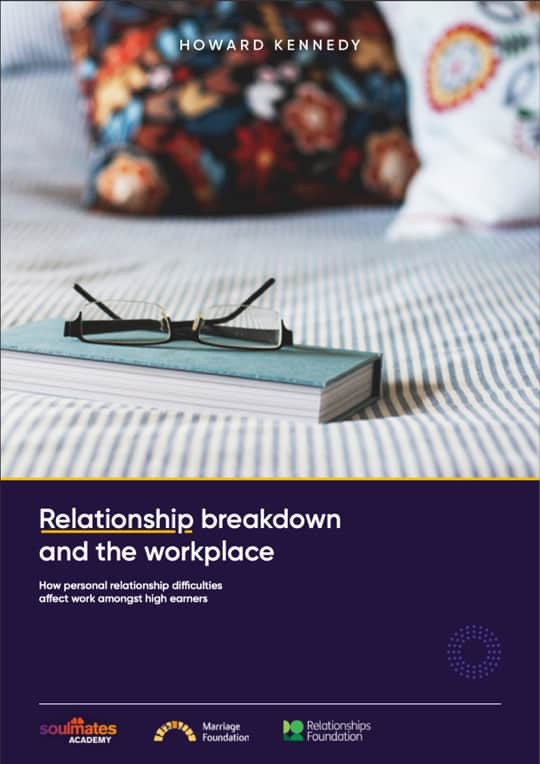Back in 2004, psychologist Cliff Arnall came up with a formula for the January blues, singling out the third Monday in the New Year as the most depressing. Blue Monday was born! His reasoning – by then, the weight of the cold winter days, the guilt of already broken New Year’s resolutions, and the reality of our Christmas excesses (confirmed by arriving bank and credit card statements), would be enough to leave most of us feeling pretty depressed.
But what most don’t know is, that wasn’t really the truth…
Arnall has long since confessed that his formula was essentially pseudoscience and his motives commercial – turns out he had been asked to come up with something to help the travel industry promote their winter deals! But for many, the Blue Monday legacy lives on.
And of course, this year, the sad reality is that ongoing lockdown restrictions compound the “Pandemic Fatigue” of 2020. Left unchecked, for many, that Blue Monday feeling could easily extend into a Blue January or beyond!
Conversations with participants on our workshops and webinars in recent weeks confirm that everyone is feeling the strain in some way. Most talk about work pressures consuming increasing amounts of home time and that they are missing the connection with colleagues / others outside the home.
And now that they no longer have it, many miss the “decompression time” they had on the commute to and from work (although not the commute itself)!
As most of us have come to realise though, working from home involves a whole lot more than simply replicating office hours and activity in the location of home. By now, most of us have sorted the physical space and practicalities needed to get work done from home. For many however, the challenge of managing the mental and emotional impact of work invading the safe haven of home, still remains a major concern.
Many echo the sentiment expressed by one webinar participant – that life currently feels less like “working from home” and more like “sleeping at the office”. People are feeling “always on”, whatever the official office hours. A recent McKinsey article spoke about one employee at an internet company in China quipping that the move to work from home made his official work hours of 996 feel more like 007. Sounds cool! Except it means his reality changing from working 9am to 9pm six days a week, to working all day, every day.
Research shows we are working longer and harder under the new work-form-home restrictions and that concerns over burnout are real. However, few relish the thought of returning to the daily commute – at least not 5 days-a-week. It is clear that some version of work-from-home will become a permanent feature of life post-pandemic.
So, the question on many people’s minds is “How can I create the ‘mental space’ and healthy boundaries for work and home to happily co-exist… without causing me to burnout or without damaging my relationships?”
The bad news is that we weren’t good at this even before Covid. The good news is that we are getting better and help is at hand. More and more organisations are recognising that the mental and emotional intrusion of work on private lives can no longer be ignored.
Increasingly, wellbeing initiatives and “people” strategies now include investment in developing employees’ ability to manage emotions and improve “Relational Wellbeing”. Not doing so, they realise, puts them at risk of losing great people… or breaking them.
Despite this recognition, some companies still struggle with a leadership culture that maintains an unrealistic personal / professional divide and resists all things non-work-centric. However, not being comfortable with it doesn’t change the need to get on with it. Stress, anxiety and mental health issues are on the increase.
As a starting point, leaders can give their people permission to establish healthy boundaries for this New Normal of working-from-home and ideally model key boundaries themselves.
We have found that the following five key boundaries are pivotal for managing emotions and the relationships impacted by the invasion of work on home, successfully. When we honour these boundaries, we create PEACE inside and out, and the “mental space” to work well.
- Prioritise the morning routine – It has long been established that what we do first thing in the morning sets the tone and pace for the day. What we choose to think about, listen to, watch or read influences our thoughts and level of anxiety for better or for worse. So, better to spend the first hour of your day focusing on things that uplift and inspire, rather than letting the cares and troubles of the world into your headspace (unrelenting pandemic news or social media, spring to mind)! Personally, I have found this to be invaluable and couldn’t recommend it more highly. It’s a time for feeding your soul, lifting your spirits and seizing the day. You could use the time for praying, meditating, reading words of inspiration or keeping a gratitude journal. The overriding principle though is this – develop boundaries that guard your thoughts… and you will guard your peace.
- Establish a clear schedule of work “focus time” and availability – Stress and tension usually come from undiscussed assumptions and unmet expectations. Agreeing times for focused work, meetings, home pressure points or time with family, is vital for managing expectations and reducing tensions both at home and at work. And remember, “START time” is as important as “STOP time” to prevent work bleeding into home and vice versa. If you are lucky enough to have a home office, close the door when work is done. If not get a box or use a cupboard to pack away the implements of work – especially if you have to work from your bedroom. One participant even mentioned changing clothes – from one set of jogging bottoms to another! The point is to work with focus in work time but to create the mental space to be “fully present” and give equal respect to the time for family and home. As the saying goes, wherever you are, be there!
- Arrange regular one-on-one time with your partner / spouse – No surprises – stress can suck the oxygen out of relationships. Being up close and personal 24/7 comes with its own challenges and can be a real source of emotional stress when things go wrong. Yet, having a great relationship with a significant other can be a key resource for maintaining resilience and a sense of wellbeing. Quality time together puts oxygen back into relationships. Regular one-on-one time is essential to keep relationships alive, mutually supportive and emotionally connected. But it doesn’t happen automatically. It’s so easy to pass time together in the same physical space with no emotional connection. So, schedule it, put the effort in to make it special (candles, wine, bringing out the occasional “special” china even!) and defend your time together.
- Carve out “Me” time – When the pressure is on, many of us forget or sacrifice making time to look after our own physical and mental health. But we can’t give what we don’t have – it’s why in aircraft emergencies we’re advised to put on our own oxygen masks, before helping others! For those of us cooped up with others within the same four walls, making time to do the things that refuel you and help you keep your sense of humour – exercise, hobbies, quiet reading time etc. – is not a luxury but a matter of survival! And if you live on your own, taking time to be kind to yourself is a vital strategy for maintaining resilience and wellbeing. While we are on the topic, speak kindly to yourself and give yourself a break when things don’t go to plan. There’s a whole world of stress out there beating on you – no need to beat up on yourself as well. Speak positive truths to yourself.
- Engage with your support network – Young or old, with family or isolated, it’s fair to say everyone is experiencing their own version of COVID stress. We can all play our part in looking after each other’s mental health by making time to check in on loved ones, be their support, and build a support network around ourselves. If you’re on your own, be deliberate about booking time to connect with the people who matter to you. And try not to feel put out if you find you’re the one having to reach out most of the time – chances are you have more free time than those in busy households. If they are part of your support network, they will readily welcome the chance to connect with you. If they’re not… well, they are not! Make time for parents, relatives, friends and others you care about. If you have kids and especially teens, go where they are, learn the games they enjoy and make time for the family activities they like doing. Spend the time doing and saying things that build connection and encouragement, demonstrating that you have their backs (rather than being on their backs!). There’s never been a more important time to be our brother’s (sister’s/parent’s/child’s/friend’s…) keeper.
As the reality of the New Normal sets in for 2021, let’s determine to support each other in beating the blues together – Blue Monday, Blue January, Pandemic Fatigue and all! Create healthy boundaries around the people and things that matter most to you and encourage them to do likewise – for PEACE sake!
If you would like to find out more about how we can help support colleagues in this area, check out our workshop on Creating Healthy Boundaries or other resources at www.4habitsconsulting.com


